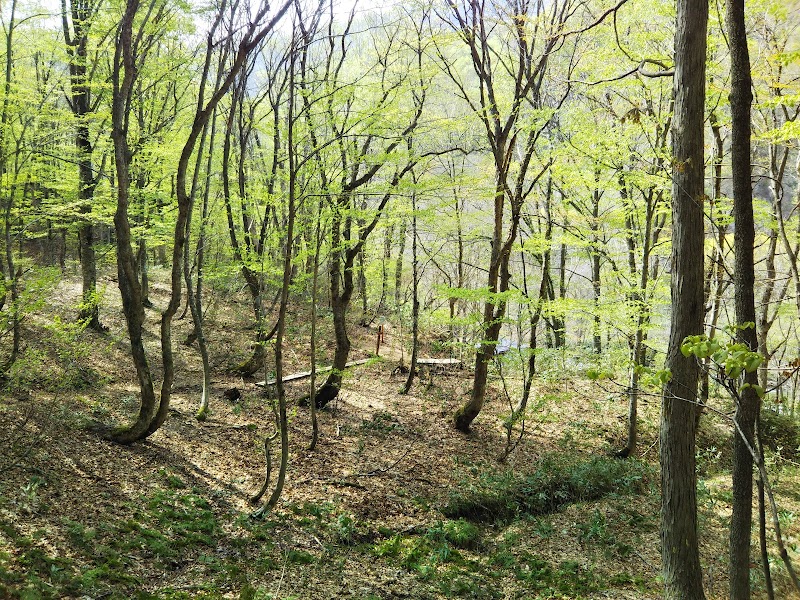
Tsugaru Quasi-National Park Adventures
Tsugaru Quasi-National Park offers a blend of striking landscapes, featuring rocky coastlines, lush forests, and captivating cultural sites, making it a compelling destination for outdoor enthusiasts.
About Tsugaru Quasi-National Park

Located in Aomori Prefecture, Tsugaru Quasi-National Park is renowned for its diverse geography, encompassing dense leafy forests, rugged coastal features, and serene lakes. The park offers a unique insight into the natural beauty of Japan’s northern region. Visitors can explore the famed Shirakami-Sanchi, a UNESCO World Heritage site known for its primeval beech forests. Cultural heritage is also prominent with sites like the rich landscapes surrounding Lake Jusanko and the historic significance of Tappizaki Cape. Outdoor activities abound, from hiking verdant trails to enjoying quiet beaches. The park's ecological diversity is reflected in its rich flora and fauna, including several rare species. This varied natural habitat is a boon for wildlife viewing, and the scenic environment provides ample photography opportunities. With its mix of cultural and natural allure, Tsugaru Quasi-National Park is an inviting destination year-round.
Highlights
Shirakami-Sanchi, a UNESCO World Heritage site known for ancient beech forests.
Cape Tappi with stunning views of the Sea of Japan and cultural landmarks.
The serene Lake Jusanko, ideal for bird watching and peaceful strolls.
Mount Iwaki, often referred to as the 'Fuji of Tsugaru', offering panoramic views.
Notable Natural Features
Shirakami-Sanchi
An expansive beech forest region that's a UNESCO World Heritage site, highlighting the area's natural history.
Cape Tappi
Notable for its iconic lighthouse and panoramic ocean views, offering insights into maritime heritage.
Mount Iwaki
Known as the 'Fuji of Tsugaru', offers stunning hikes with views extending across Aomori.
